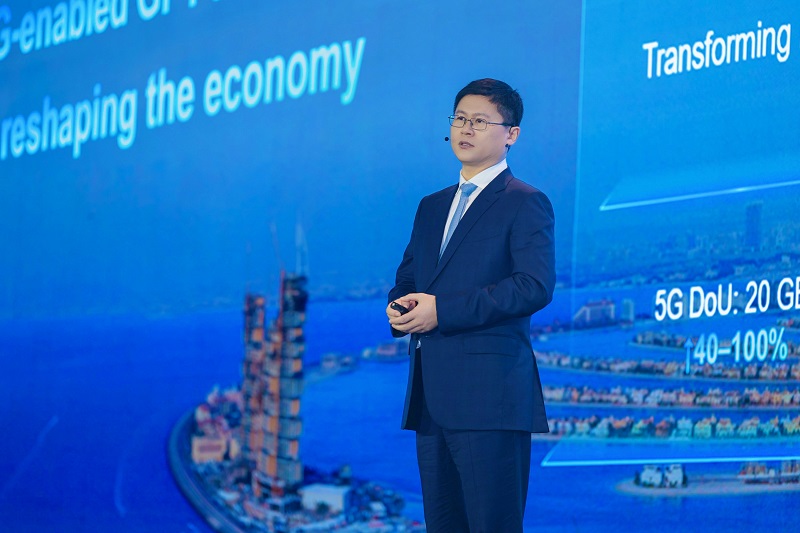
Huawei inaugurated the 14th Global Mobile Broadband Forum in Dubai, UAE. During this event, Li Peng, the Corporate Senior Vice President and Carrier BG President at Huawei, took the stage as a keynote speaker. In his address, Li called upon global carriers and industry partners to step up to the plate, meeting the growing demands on networks and harnessing forthcoming trends.
Li urged, “Let’s commence today, constructing the networks of tomorrow to cater to future services and unlock the boundless potential of 5G for enduring success.”
In his discussion about fostering a positive 5G business cycle and embracing 5.5G (5G-A), Li asserted, “We are already on the right trajectory for 5G business triumph, and 5G-Advanced represents the logical next step in 5G’s evolution.”
He underscored that when examining history, transformative economic shifts consistently stemmed from innovations in general-purpose technologies. Li articulated, “We now find ourselves in the digital age, where the Internet propels the digital economy.”
Li continued, “5G constitutes a pivotal component of this new economic transformation, stimulating fresh advancements in general-purpose technologies. In the realm of digital industries, 5G is progressing rapidly, creating novel markets and opportunities.”
According to Li’s vision, future mobile networks must encompass six essential attributes: a 10 Gbps downlink, 1 Gbps uplink, deterministic networking, support for a hundred billion IoT connections, integrated sensing and communication, and native AI capabilities. To realize this vision, carriers and industry stakeholders must not only continually enhance their competencies across three fundamental usage scenarios – enhanced mobile broadband (eMBB), massive machine-type communications (mMTC), and ultra-reliable low-latency communication (URLLC) – but also cultivate three new capabilities, including Uplink Centric Broadband Communication (UCBC) and Real-Time Broadband Communication (RTBC).

When addressing 5G-Advanced, the next phase of 5G technology, Li additionally emphasized the necessity for industry-wide collaboration in advancing device and application ecosystems, validating use case scenarios, and accelerating the widespread commercialization of FWA Square, Passive IoT, and RedCap. These collective endeavors are indispensable for capitalizing on five emerging trends that will shape an intelligent digital future.
Huawei collaborated with a carrier and industry partners to establish the industry’s maiden 5G-Advanced flexible trial production line. In this context, 5G-Advanced facilitates high-concurrency and highly deterministic network connections, streamlining the connection of computing power between the cloud and network edge.
